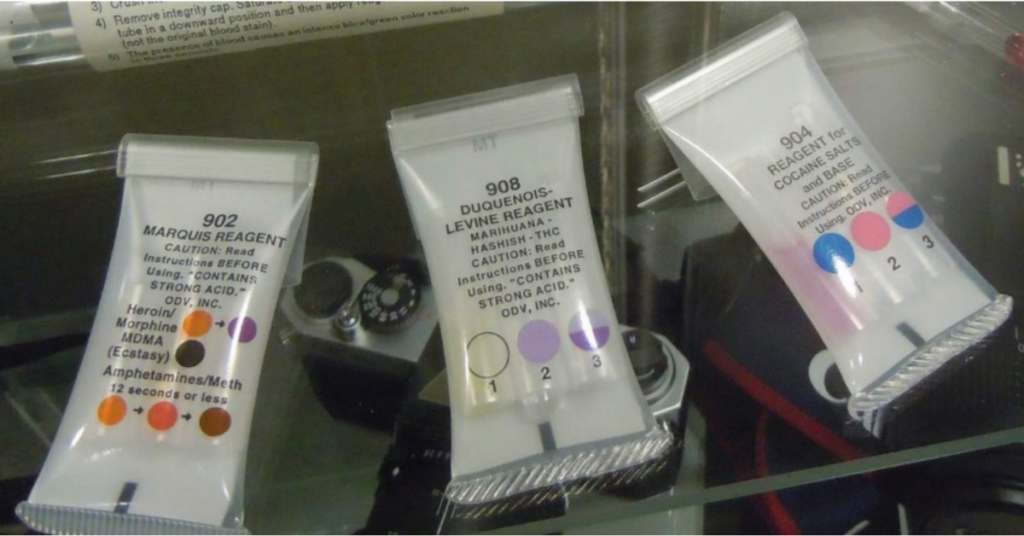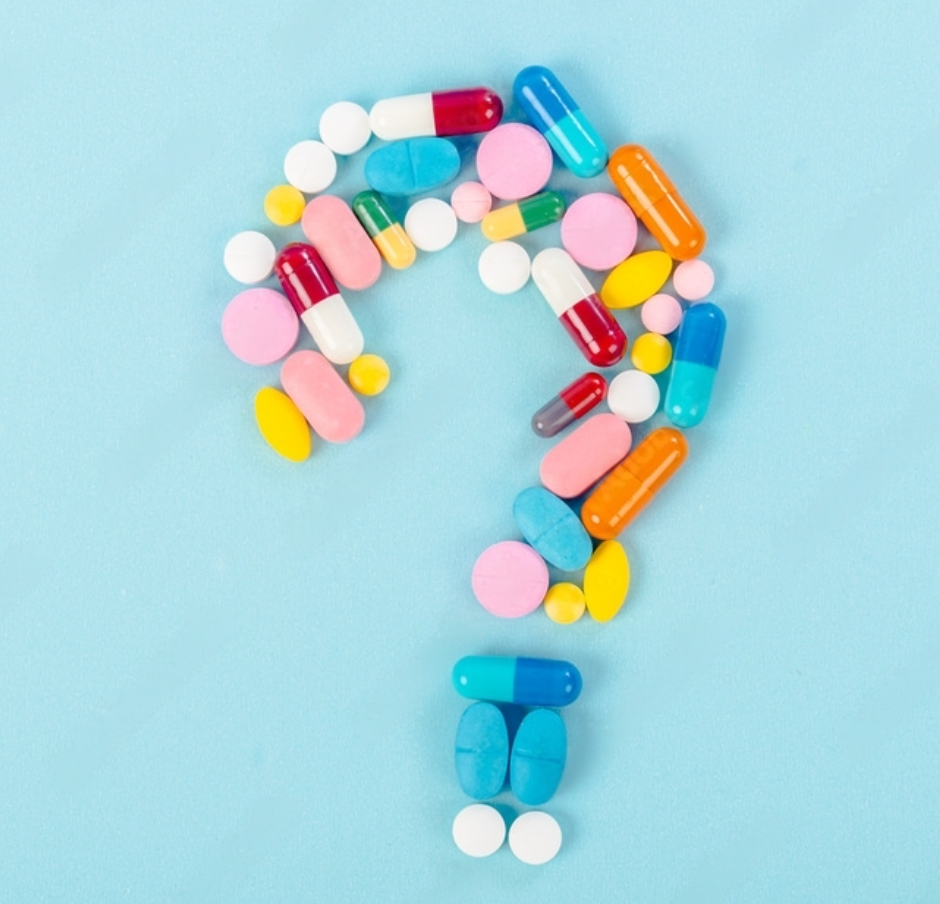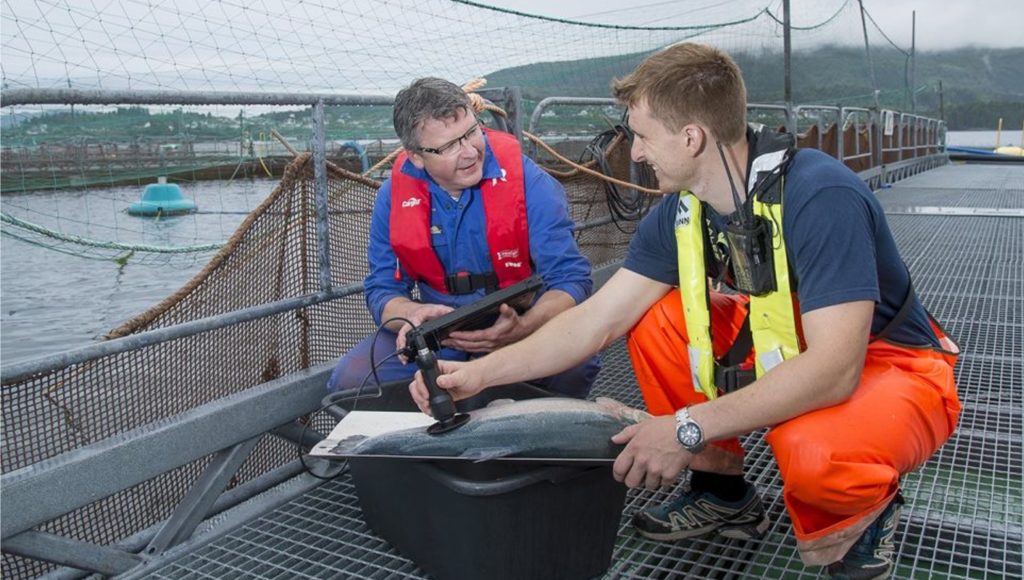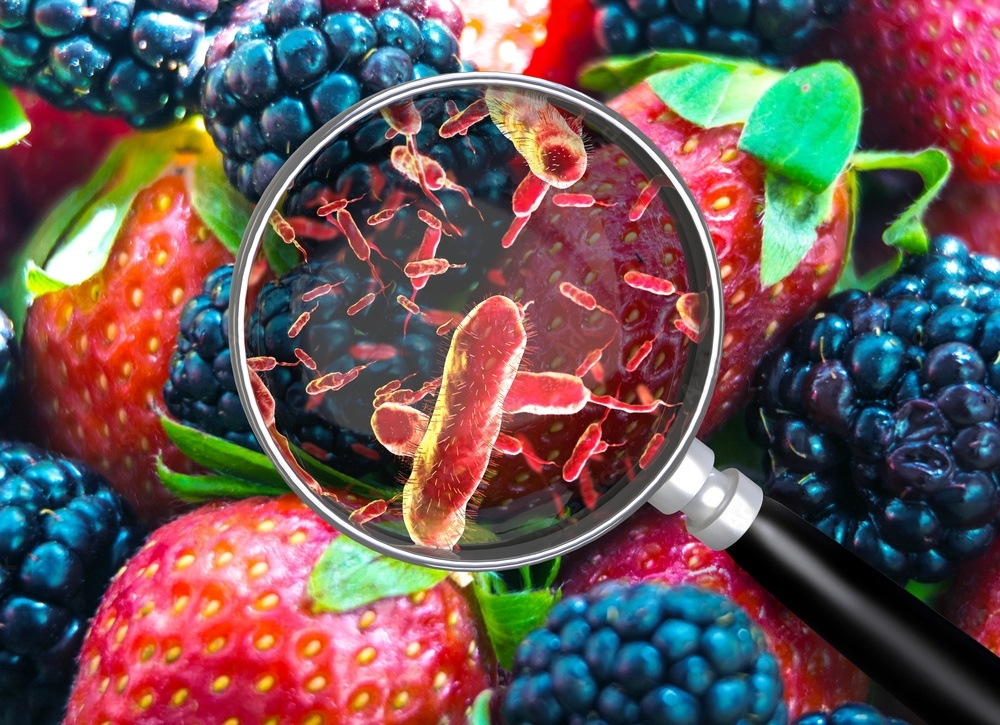Category: Use Cases
08. Mar 2024
Guilty until Proven Innocent: Rethinking Presumptive Drug Tests
Presumptive field drug tests in the American justice system spark concerns related to fairness, accuracy, and racial disparities. Annually, approximately 773,000 drug-related arrests hinge on these notoriously unreliable tests, pressing for urgent reform. A comprehensive study conducted by the University of Pennsylvania sheds light on the system’s alarming limitations. In

01. Mar 2024
Counterfeit Medicines: Unmasking the Role of NIR Spectroscopy
In the realm of pharmaceutical integrity and patient safety, the battle against counterfeit medicines presents a formidable challenge. Counterfeiters are becoming increasingly sophisticated, making the need for advanced detection techniques more critical than ever. One such technique, Near-Infrared (NIR) spectroscopy, emerges as a beacon of hope in this ongoing struggle.

28. Feb 2024
Scanning Living Fish: A Case Study for Real-Time Fat Level Analysis
In the evolving landscape of spectroscopy applications, NIRLAB has established itself as a pioneer in the field. It extends its expertise to a variety of industries. Among its groundbreaking applications, the real-time analysis of fat levels in living fish, such as salmon, stands out. This serves as a testament to

12. Feb 2024
Plastic Recycling Revolution: NIR Spectroscopy’s Transformative Role
In our modern world, the issue of plastic recycling has evolved into a global environmental crisis, with millions of tons of plastic produced, used, and discarded each year. This has created a colossal waste management challenge, and while recycling presents a solution, it is fraught with complexities. The key challenge

09. Feb 2024
Food Safety: The Future with NIR Technology
In today’s food safety era, Near Infrared (NIR) technology, led by NIRLAB, transforms how we ensure food quality and safety. The WHO stresses safe food’s vital importance, noting global health risks from contamination. NIR technology, under NIRLAB’s guidance, revolutionizes food safety, aligning with the WHO’s concerns about contamination. This calls
